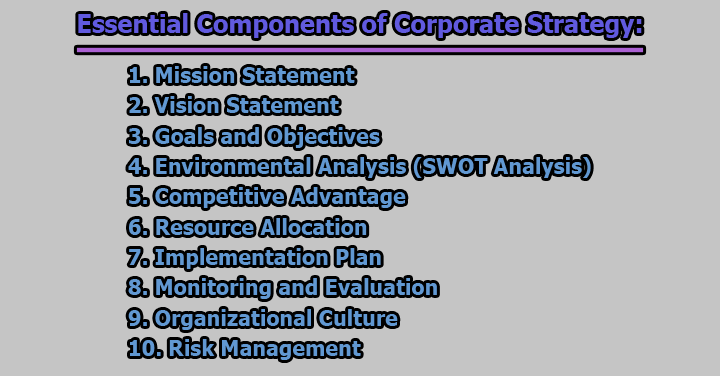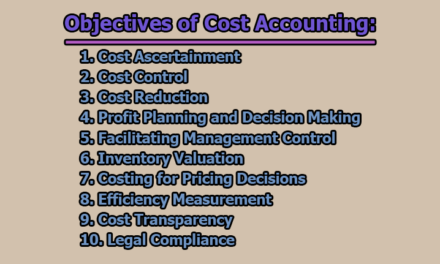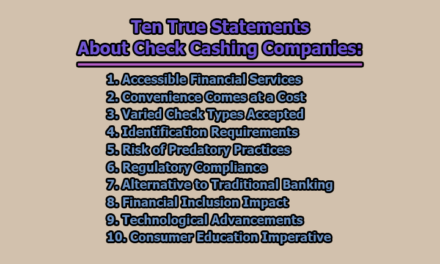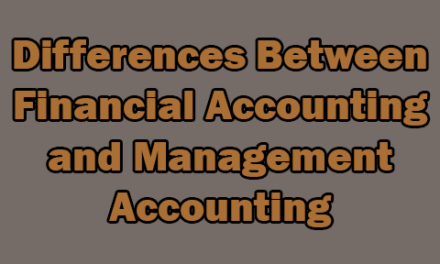Corporate strategy serves as the compass guiding organizations through the dynamic landscape of business, providing a roadmap for long-term success and sustainable growth. It encapsulates the collective vision, goals, and actions necessary to navigate the complexities of the market. In this article, we will explore corporate strategy, types and essential components of corporate strategy.
What is Corporate Strategy?
Corporate strategy refers to the overall plan and direction adopted by a company to achieve its long-term goals and objectives. It involves decision-making regarding the allocation of resources, identification of business opportunities, and the coordination of various activities within the organization to create a sustainable and competitive advantage in the market.
Types of Corporate Strategy:
Corporate strategy is a crucial element in guiding a company toward its long-term objectives. Various types of corporate strategies are employed to navigate the complex business landscape. Here, we dive into four primary categories: Stability strategy, Growth strategy, Combination strategy, and Retrenchment strategy.
1. Stability Strategy: Stability strategy is characterized by a deliberate focus on maintaining the current business operations without significant changes. Companies adopting this strategy aim to sustain their existing market position, avoid unnecessary risks, and consolidate their strengths. This approach is particularly suitable when the industry is mature, and the organization seeks stability rather than rapid expansion. Stability strategy allows businesses to refine their processes, enhance operational efficiency, and ensure steady financial performance.
2. Growth Strategy: Growth strategy involves expanding a company’s operations to achieve increased market share, revenue, or profitability. There are various avenues for growth, including market penetration, product development, market development, and diversification. Market penetration involves selling more of the existing products to the current customer base. Product development entails introducing new products to the existing market. Market development focuses on entering new markets with existing products, while diversification involves entering new markets with new products. Growth strategies are typically pursued in dynamic and competitive environments to capitalize on emerging opportunities.
3. Combination Strategy: Combination strategy is a hybrid approach that incorporates elements of stability and growth strategies. This strategy recognizes that a company may need to maintain its current business while simultaneously exploring growth opportunities. For instance, a company might invest in new product development or market expansion while ensuring the stability of its core operations. Combination strategy requires a careful balance between risk-taking and risk mitigation, making it suitable for businesses looking to diversify without compromising their existing strengths.
4. Retrenchment Strategy: Retrenchment strategy involves a deliberate reduction in the scope of a company’s activities. This may include downsizing, divestment of business units, or exiting certain markets. Companies often adopt retrenchment strategies in response to financial challenges, declining market share, or the need to refocus on core competencies. While retrenchment may involve short-term setbacks, its goal is to create a leaner and more resilient organization capable of sustaining long-term success. Strategic decisions regarding which operations to cut and how to reallocate resources are critical components of this strategy.
Consequently, selecting the appropriate corporate strategy depends on a thorough analysis of the business environment, internal capabilities, and long-term objectives. Each type of strategy serves a distinct purpose and requires careful consideration of the organization’s current state and future aspirations. Successful companies often employ a dynamic approach, adjusting their strategies based on evolving market conditions and internal capabilities.
Essential Components of Corporate Strategy:
Understanding and integrating essential components is crucial for effective strategic management. Here are the key elements of a corporate strategy:
1. Mission Statement: The mission statement serves as the foundational declaration of an organization’s purpose. It articulates the core reason for its existence, encapsulating its values, ethics, and overall identity. A well-crafted mission statement not only communicates to stakeholders why the company exists but also provides a guiding framework for decision-making. It helps employees understand the broader impact of their work and fosters a sense of shared purpose. For example, Google’s mission statement is “to organize the world’s information and make it universally accessible and useful.”
2. Vision Statement: Complementary to the mission statement, the vision statement outlines the long-term aspirations of the organization. It paints a vivid picture of what success looks like in the future. A compelling vision statement inspires and motivates employees, aligning their efforts with the broader goals of the organization. It serves as a guiding beacon, steering strategic decisions and investments. Tesla’s vision statement, for instance, is “to create the most compelling car company of the 21st century by driving the world’s transition to electric vehicles.”
3. Goals and Objectives: Goals and objectives provide the specific, measurable targets that an organization aims to achieve. Goals are broad, overarching ambitions, while objectives break down these ambitions into concrete, achievable steps. For instance, a goal might be to increase market share, while an objective could be to achieve a specific percentage increase in market share within a defined timeframe. These targets provide clarity and direction, allowing the organization to focus its efforts and resources effectively.
4. Environmental Analysis (SWOT Analysis): Conducting a thorough environmental analysis, often through a SWOT analysis, is a critical step in strategic planning. This involves assessing the organization’s internal strengths and weaknesses as well as external opportunities and threats. Strengths and weaknesses are typically related to internal factors such as resources, capabilities, and processes, while opportunities and threats stem from the external business environment. This analysis provides a comprehensive understanding of the landscape in which the organization operates, helping to inform strategic decisions and actions.
5. Competitive Advantage: A key component of corporate strategy involves identifying and leveraging a competitive advantage. This could be a unique product or service, cost efficiency, technological innovation, or other distinctive capabilities. The strategy outlines how the organization will position itself in the market to outperform competitors. Whether through differentiation, cost leadership, or focus strategies, the aim is to create a sustainable advantage that allows the organization to thrive in its industry. For example, Apple’s competitive advantage lies in its focus on design innovation and a seamless user experience.
6. Resource Allocation: Efficient allocation of resources is a pivotal aspect of corporate strategy. This involves determining how financial, human, and technological resources will be distributed to support the strategic initiatives outlined in the plan. It requires prioritizing projects and initiatives based on their alignment with overall goals and the potential for impact. Effective resource allocation ensures that the organization can execute its strategy while optimizing the use of available resources.
7. Implementation Plan: The implementation plan is a detailed roadmap that outlines how the strategic goals and objectives will be translated into actionable steps. It involves specifying tasks, setting timelines, and assigning responsibilities to individuals or teams. An effective implementation plan ensures that everyone in the organization understands their role in achieving the strategic objectives. It also includes key performance indicators (KPIs) and metrics to measure progress and success, providing a framework for ongoing evaluation.
8. Monitoring and Evaluation: Continuous monitoring and evaluation are critical for assessing the progress of the corporate strategy. This involves tracking key performance indicators, comparing actual results with planned outcomes, and identifying any deviations. Regular evaluations help in identifying emerging challenges, adjusting strategies as needed, and ensuring that the organization remains responsive to changes in the internal and external environment. Monitoring and evaluation contribute to the adaptability and agility required for long-term success.
9. Organizational Culture: The organizational culture plays a significant role in shaping how strategies are developed and executed. Aligning the corporate culture with strategic objectives enhances employee engagement and commitment. Leaders must foster a culture that supports the values and principles outlined in the mission statement. A positive and adaptive culture promotes innovation, collaboration, and a shared commitment to the strategic vision, creating a cohesive and motivated workforce.
10. Risk Management: Strategic planning involves inherent uncertainties and risks. A robust risk management component in the corporate strategy involves identifying potential risks and uncertainties that could impact the achievement of goals. Strategies for mitigating and managing these risks are developed to ensure the long-term success and sustainability of the organization. This proactive approach to risk management helps in minimizing potential negative impacts and ensuring that the organization can navigate challenges effectively.
In wrapping up the discussion on corporate strategy, its types, and essential components, it’s evident that corporate strategy is the blueprint that organizations use to navigate their future. The types – stability, growth, combination, and retrenchment – offer distinct approaches, allowing companies to tailor their strategies to prevailing circumstances. The fundamental components, including mission and vision statements, goal-setting, environmental analysis, competitive advantage, resource allocation, and implementation planning, collectively shape the trajectory of success. Consider these components as the foundational pillars that shape a resilient and flexible framework for organizations to flourish. In the constantly evolving business terrain, a thoughtfully designed corporate strategy acts as the guiding compass, enabling businesses to navigate towards their goals while demonstrating resilience in the face of challenges.

Assistant Teacher at Zinzira Pir Mohammad Pilot School and College










